Introduction: Why Older Homes Hide Plumbing Problems
Older homes have undeniable charm—original woodwork, unique layouts, and a sense of history. But beneath the surface, decades-old plumbing systems often carry hidden risks. If left unaddressed, these issues can suddenly lead to leaks, water damage, or even hazardous living conditions. Whether you’re a homeowner, prospective buyer, or experienced DIYer, understanding the most common—and sneakiest—plumbing problems in older properties can save you thousands in repairs and countless headaches. In this guide, we’ll dive deep into the warning signs, causes, and practical fixes for hidden plumbing issues specific to older homes, from outdated materials to subtle leaks and lurking clogs. Our goal: help you spot problems before they escalate and empower you to take action with confidence and expertise.
Understanding Why Older Homes Are Vulnerable
Common Plumbing Materials Used in the Past
Many homes built before the 1970s used plumbing materials now known to degrade or pose risks. Common examples include:
- Galvanized Steel Pipes: Prone to corrosion and internal buildup, leading to reduced water flow and leaks.
- Cast Iron Drain Pipes: Durable but susceptible to rust, cracking, and root intrusion over time.
- Polybutylene Pipes (1978–1995): Known to become brittle and fail unexpectedly.
- Lead Pipes or Solder: Can leach hazardous lead into drinking water.
- Brass Fittings: Can dezincify, weakening joints and causing leaks.
Natural Aging and Environmental Factors
Even the best materials eventually succumb to time and environmental stress. Shifting foundations, seasonal temperature swings, mineral-rich water, and invasive tree roots all contribute to hidden plumbing deterioration in older homes.
Spotting Hidden Plumbing Problems: Warning Signs
1. Unexplained Spikes in Water Bills
A sudden increase in your water bill, without a clear reason, often signals a hidden leak in supply lines or fixtures. In older homes, pinhole leaks in corroded pipes can go unnoticed for weeks or months.
2. Persistent Dampness, Stains, or Mold
Water stains on walls, ceilings, or floors—especially in basements or under bathrooms—may indicate slow leaks. Musty odors or visible mold growth are further red flags. Remember: water often travels along framing before surfaces show damage.
3. Discolored Water or Low Water Pressure
Brown, yellow, or rusty water can be a sign of galvanized pipes corroding from within. Gradual drops in water pressure often indicate pipe narrowing due to mineral buildup or corrosion.
4. Noisy Pipes and Drains
Loud banging, rattling, or gurgling in pipes (also known as “water hammer”) may point to loose pipes, air in the lines, or failing pressure regulators—common in aging systems.
5. Slow Drains and Frequent Backups
Older cast iron or clay drains are vulnerable to internal rust, cracks, and root intrusion. If multiple drains in your home are slow or backing up, the main sewer line may be compromised.
Common Hidden Plumbing Problems in Older Homes
Galvanized Pipe Corrosion and Leaks
Over decades, galvanized pipes corrode inside, restricting water flow and eventually leaking. The corrosion can also break loose, leading to cloudy or rusty water.
Cast Iron Drain Pipe Failure
Cast iron was once the gold standard for drain lines but is now known to rust through, crack, or become completely blocked by scale or roots. Damage often occurs below ground or inside walls, making it hard to detect until a major backup or leak occurs.
Polybutylene Pipe Failure
Polybutylene pipes, widely used from the late 1970s to mid-1990s, are notorious for sudden catastrophic failures due to chemical reactions with water disinfectants. Many insurance companies will not cover homes with these pipes.
Lead Exposure
Homes built before 1950 may have lead supply lines or solder. Lead is a serious health hazard, especially for children and pregnant women. Even if lines were replaced, old solder at joints can leach lead into water.
Hidden Leaks Behind Walls and Under Floors
Small leaks in supply or drain lines behind walls or under floors can go unnoticed for years, causing rot, mold, and even structural damage. These are often only discovered during renovations or when major symptoms appear.
Root Intrusion in Sewer Lines
Trees seek out water sources, and older clay or cast iron sewer lines are highly susceptible to root intrusion at joints or cracks. This leads to blockages, slow drains, and eventually, sewer backups.
Failing Shut-Off Valves and Fixtures
Old valves may become stuck, leak, or fail to fully shut off. Outdated fixtures can also leak or waste water without obvious symptoms.
How to Detect Hidden Plumbing Problems
Visual Inspections
- Inspect exposed pipes in basements, crawl spaces, and utility rooms for signs of corrosion, staining, or moisture.
- Look under sinks, around toilets, and behind appliances for puddles, water damage, or mildew.
- Check ceilings and walls below bathrooms or kitchens for stains or soft spots.
Water Meter Test
Turn off all water-using appliances and fixtures. Note the reading on your water meter. Wait two hours (without using any water), then check the meter again. Any change indicates a hidden leak.
Professional Leak Detection
For hard-to-find leaks, plumbers use thermal imaging, moisture meters, or acoustic sensors. A professional inspection is highly recommended before major renovations or home purchases.
Camera Inspections for Drains and Sewers
Using a specialized waterproof camera, plumbers can inspect the inside of drain and sewer lines for cracks, blockages, or roots—without digging up your yard or tearing into walls.
Fixing and Preventing Common Problems: Practical Solutions
Replacing Galvanized or Polybutylene Pipes
There is no safe or long-term fix for corroded galvanized or polybutylene pipes. Replacement is the only effective solution. Modern alternatives include copper, PEX, or CPVC piping, which are longer-lasting and safer.
- Replace entire runs rather than patching small sections.
- Use licensed plumbers familiar with older home construction.
- Obtain required permits to ensure code compliance.
Repairing or Replacing Cast Iron Drains
Small cracks or holes in cast iron pipes can sometimes be patched with epoxy or sleeves, but full replacement is often required for heavily rusted or collapsed sections. Consider trenchless replacement methods to minimize disruption.
Addressing Lead Contamination
If you suspect lead pipes or solder, have your water professionally tested. Even low levels are unsafe over time. The best solution is full replacement of lead-containing materials. In the meantime, use certified filters or bottled water for drinking and cooking.
Stopping Leaks Behind Walls or Under Floors
Access is key: carefully open up walls or floors where leaks are suspected, based on moisture readings or visible stains. Replace damaged pipe sections and repair any water-damaged framing or drywall. Always let areas dry thoroughly before closing them up.
Removing Roots from Sewer Lines
Professional plumbers use augers, root-cutting blades, or hydro-jetting to clear roots from sewer lines. For severe or recurring issues, consider lining or replacing the pipe with root-resistant materials. Remove problematic trees where possible.
Replacing Old Valves and Fixtures
Upgrade old, unreliable shut-off valves and leaky fixtures with modern, code-compliant replacements. Use ball-style valves for main shut-offs—they’re less likely to seize over time.
Proactive Maintenance to Prevent Future Issues
- Annual Inspections: Schedule yearly plumbing inspections, especially if your home is over 40 years old.
- Water Pressure Regulation: Keep water pressure below 60 psi to reduce strain on aging pipes.
- Drain Cleaning: Use enzyme-based cleaners monthly; avoid harsh chemicals that can corrode old pipes.
- Soft Water: If your water is very hard, a water softener can reduce mineral buildup inside pipes.
- Monitor Trees: Keep roots trimmed and avoid planting thirsty species near sewer lines.
When to Call a Professional
While many minor plumbing fixes are DIY-friendly, older homes present unique risks:
- Hidden pipes may be difficult to access without damaging historical features.
- Improper repairs can void insurance or create compliance issues.
- Lead, asbestos, or mold exposure requires specialized safety procedures.
If you encounter extensive corrosion, lead pipes, persistent leaks, or major backups, do not hesitate to call a licensed plumber experienced with older properties. The upfront cost is far less than the expense of water damage remediation or code violations down the line.
Conclusion: Protecting Your Investment and Peace of Mind
Owning or renovating an older home is a rewarding journey—but one that requires vigilance and proactive care, especially when it comes to plumbing. The issues that arise are rarely obvious at first, often lurking behind walls or beneath floors for years. But by understanding the unique vulnerabilities of older plumbing systems, learning to spot the warning signs, and carrying out regular inspections, you can stop small issues from turning into disasters. Whether you choose to replace outdated pipes, invest in annual professional inspections, or simply stay alert to changes in water pressure or quality, your efforts will pay off in the form of fewer emergencies, a healthier living environment, and a more valuable home.
Don’t let hidden plumbing problems rob your older home of its charm—or your wallet of its savings. Take action today to safeguard your property for generations to come. And remember: when in doubt, consult a trusted plumbing professional. Staying informed and proactive is always the best fix.



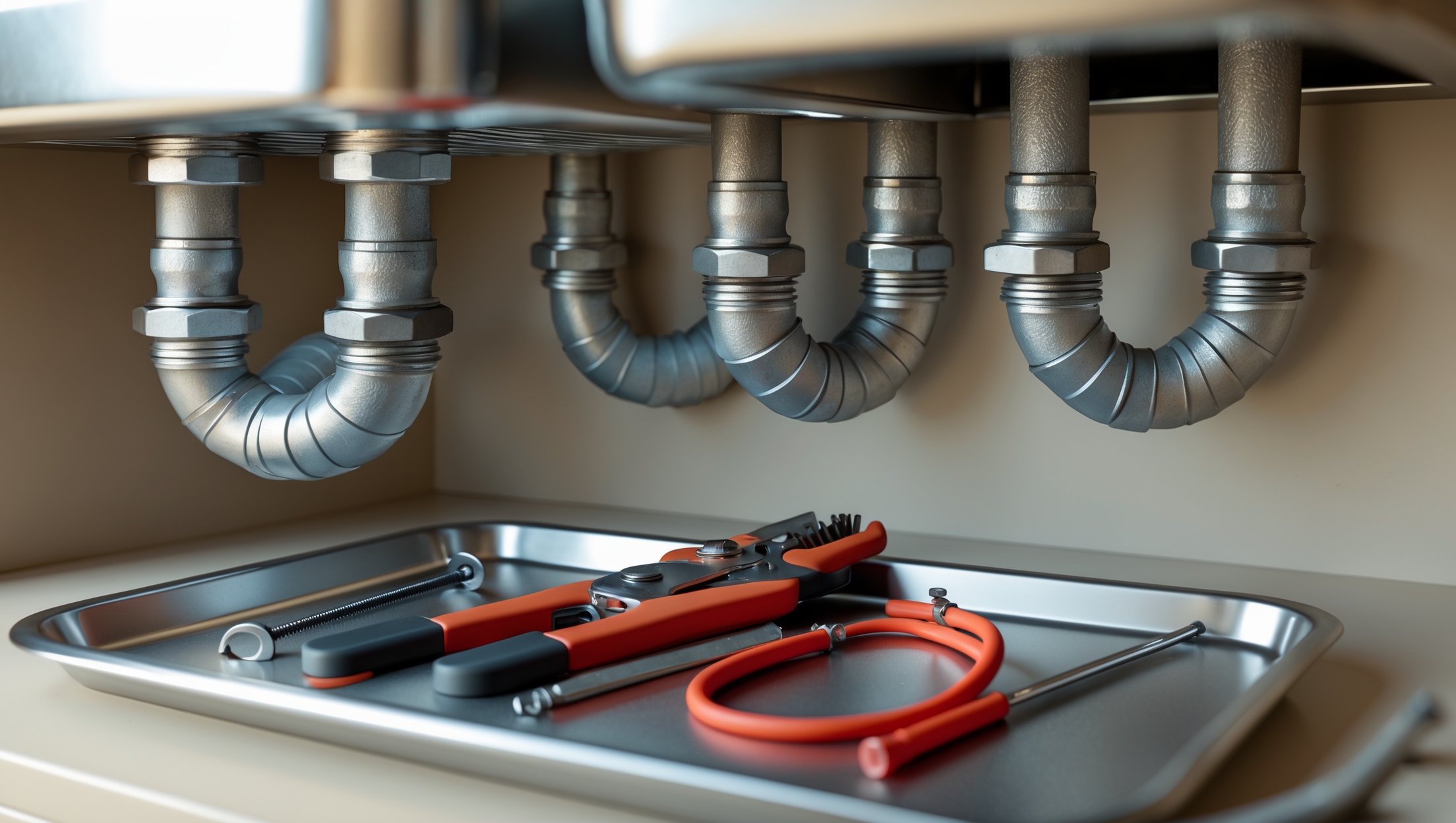
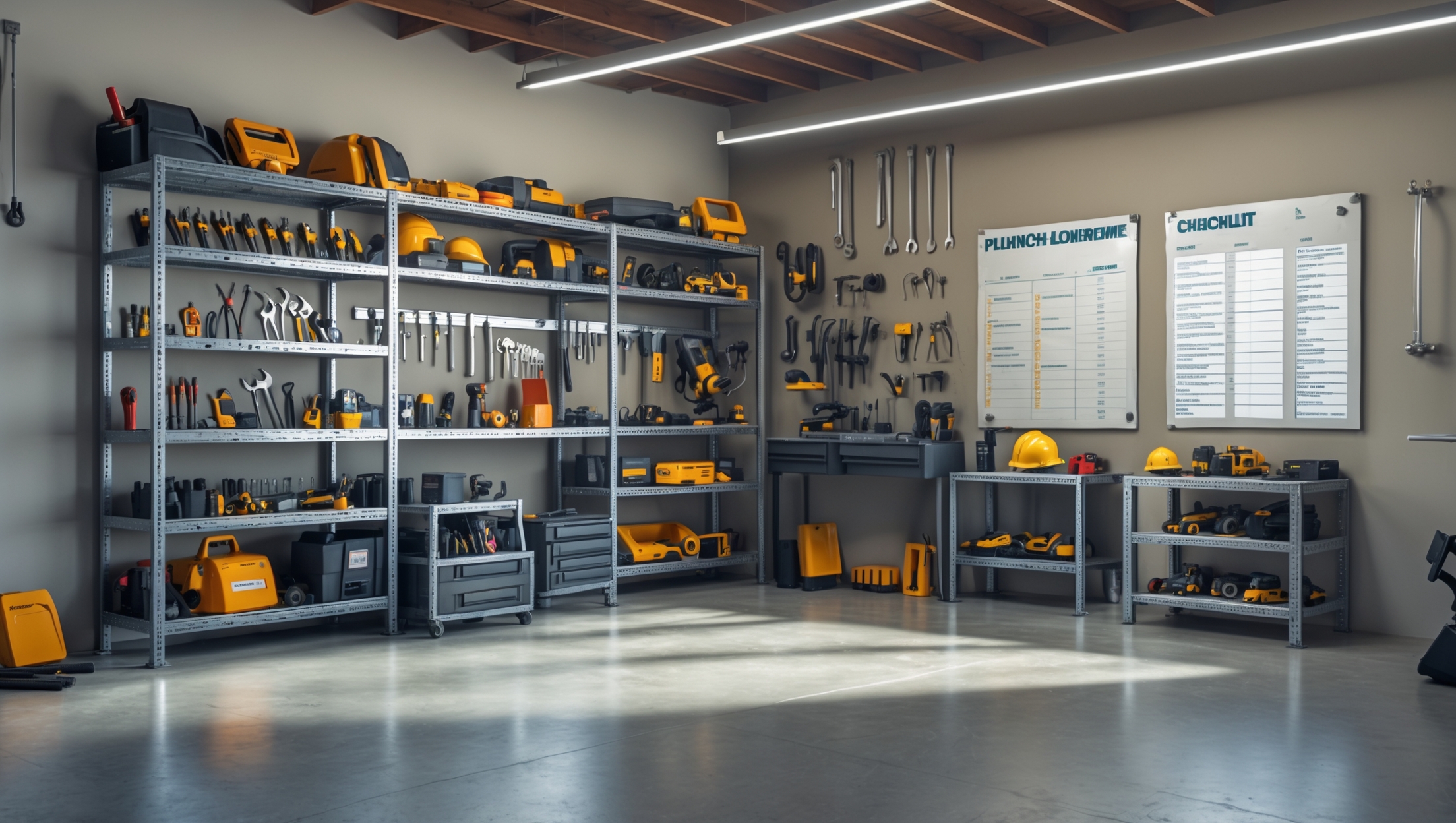


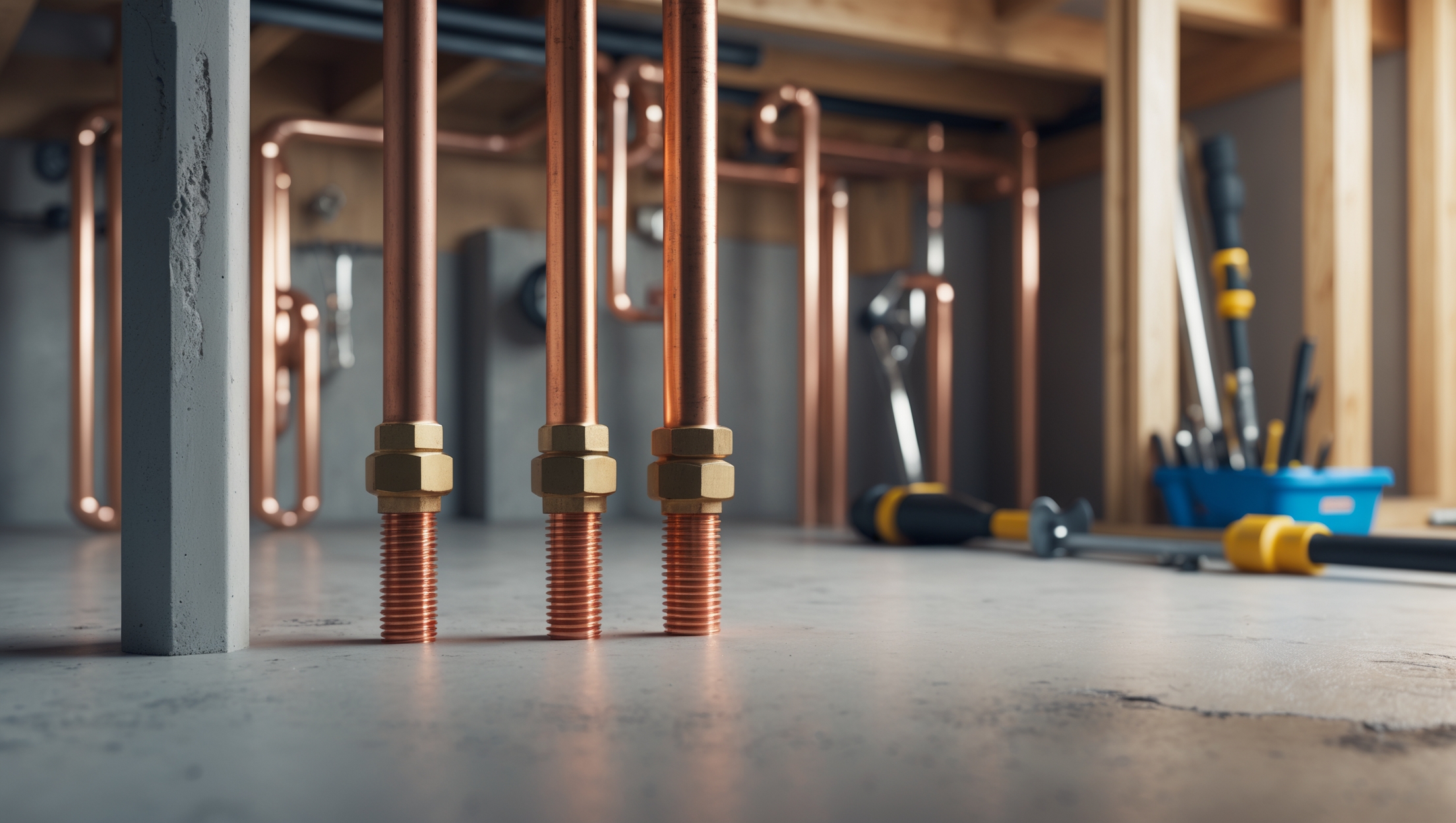
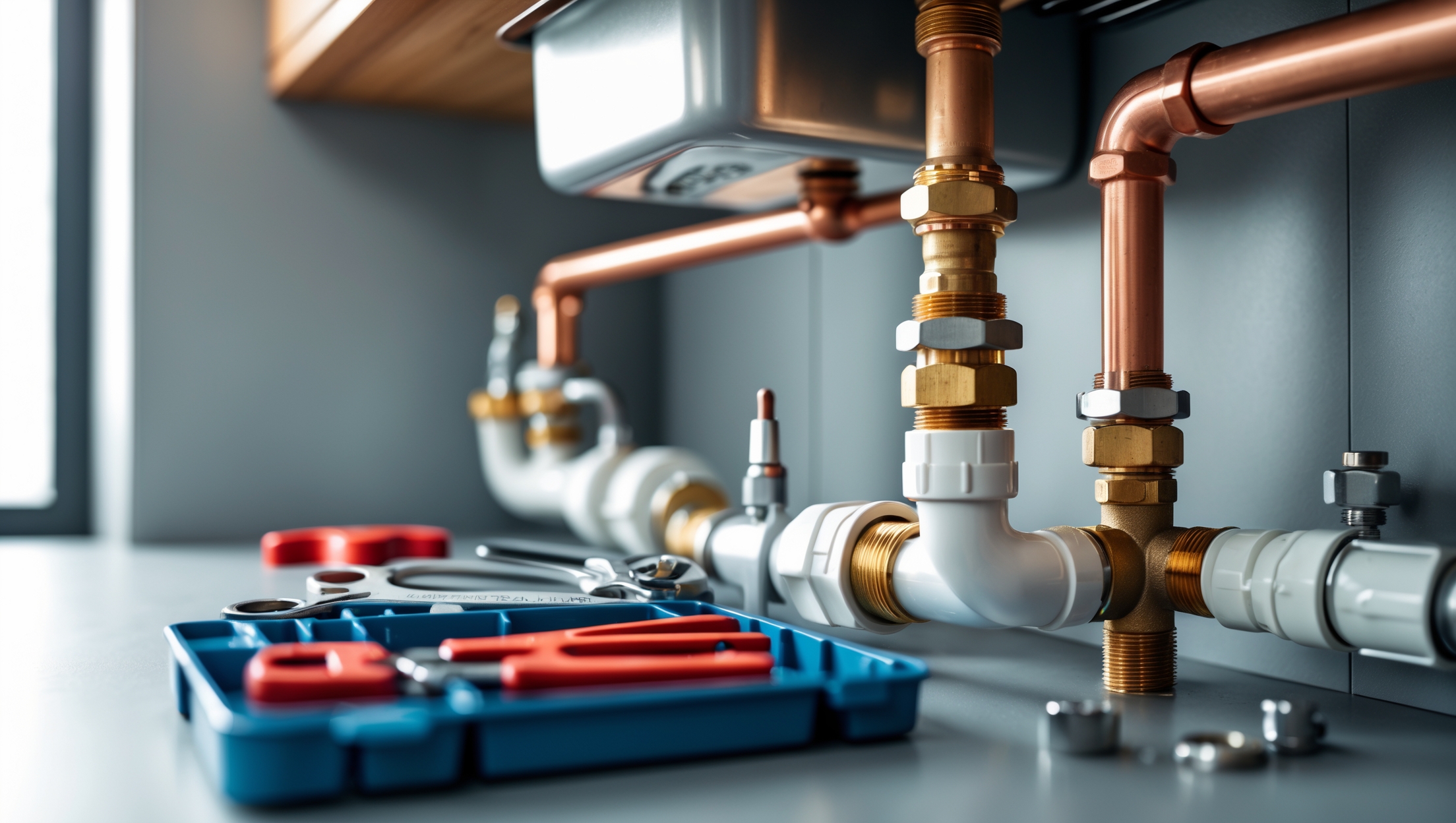
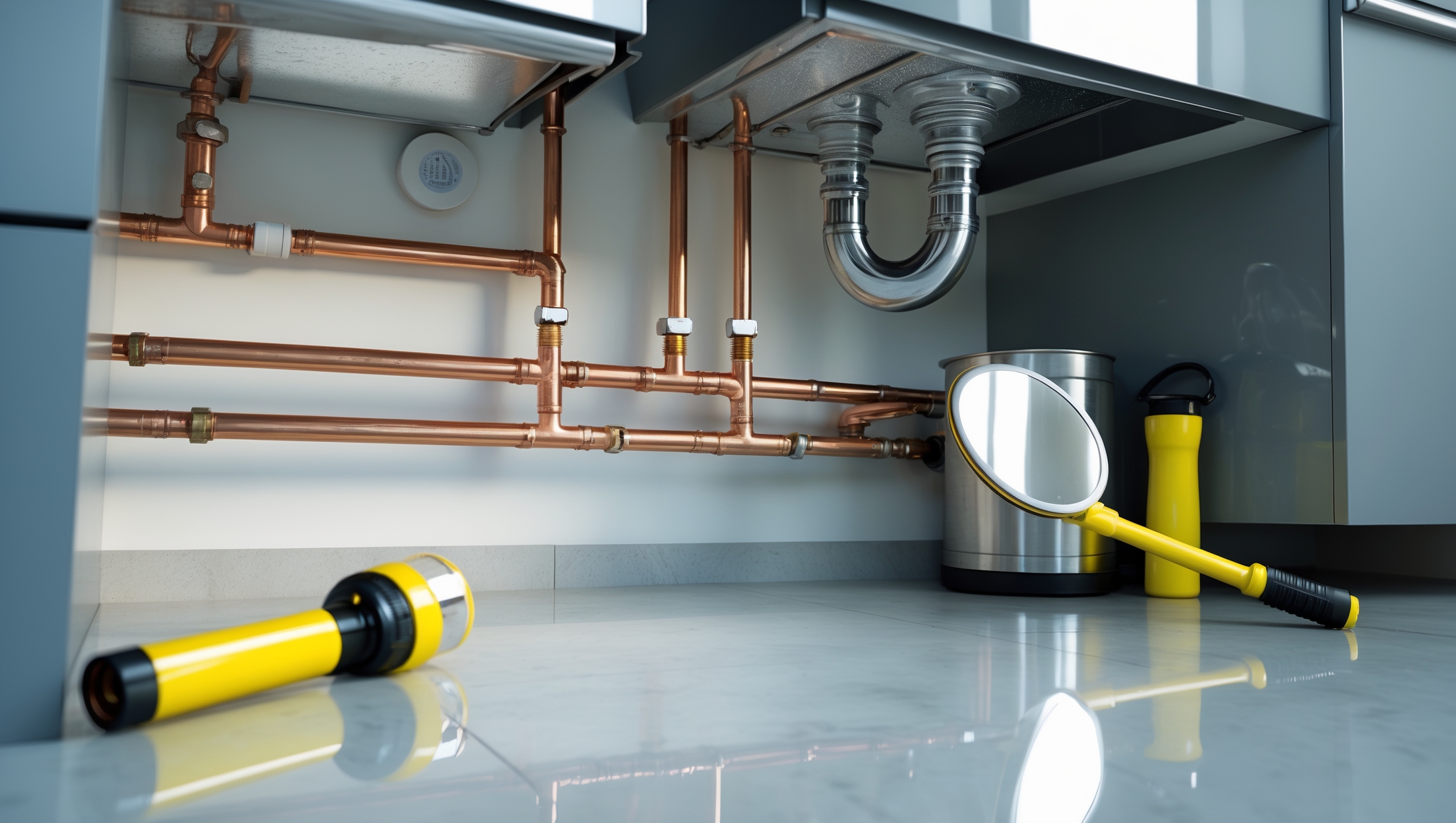
Jennifer Martinez
I’m currently considering buying a house built in the early 1960s, and it still has some galvanized steel pipes. How urgent is it to replace those, and is it possible to just update sections or do I need to overhaul the entire system?